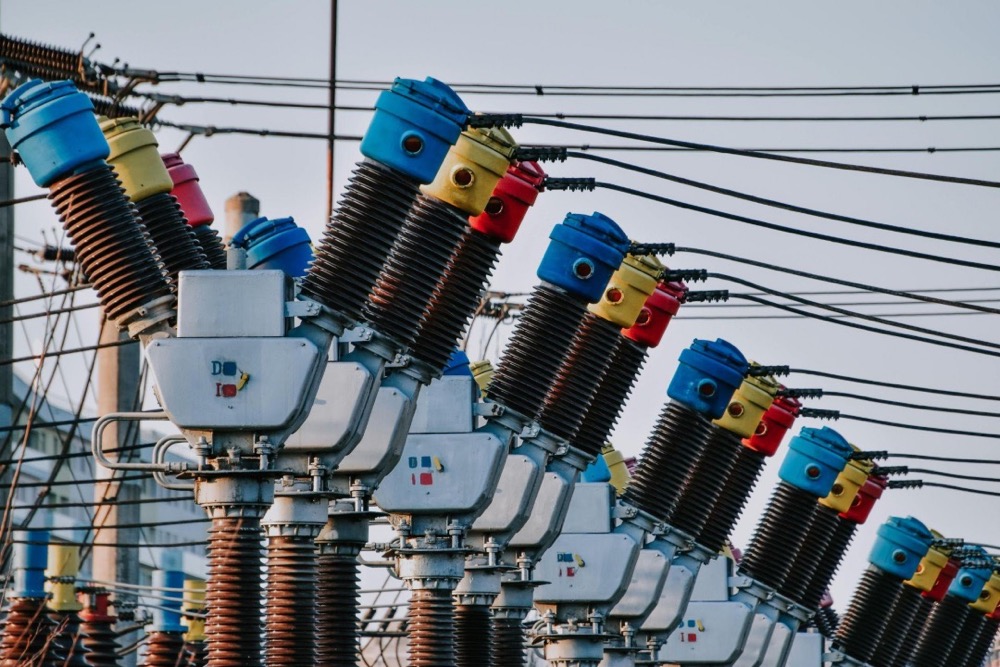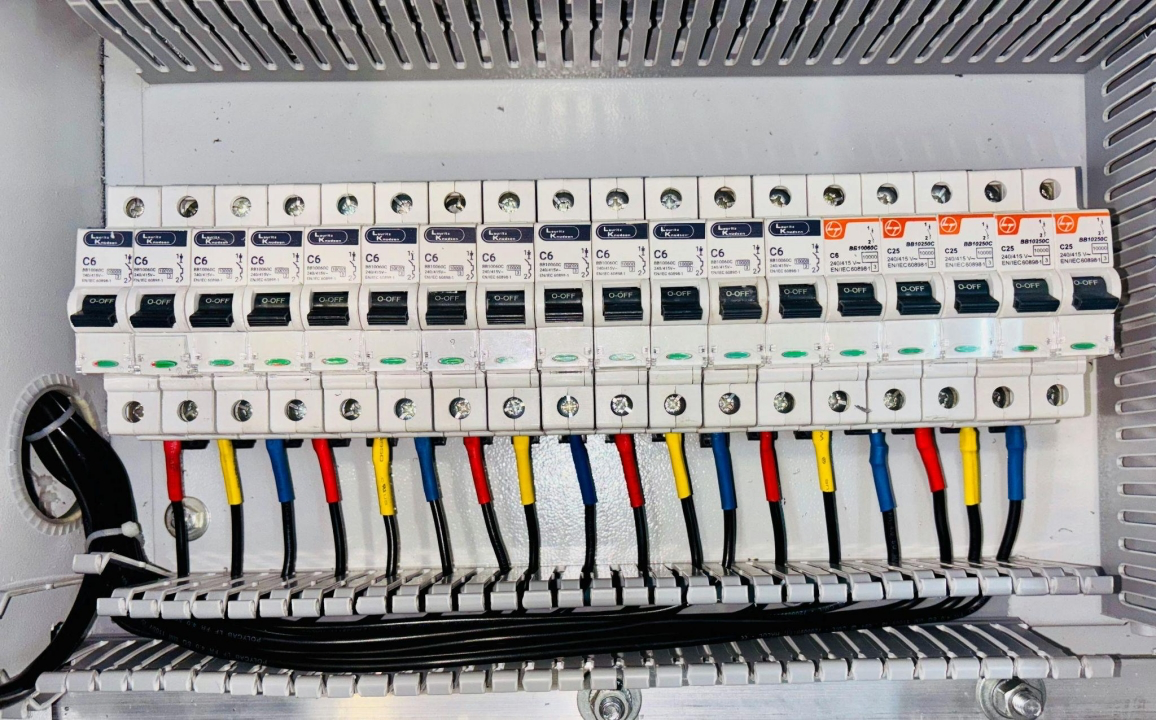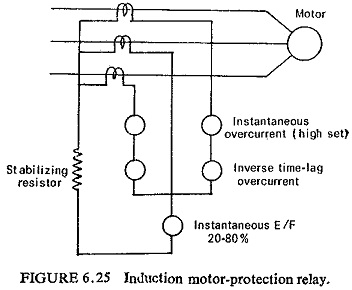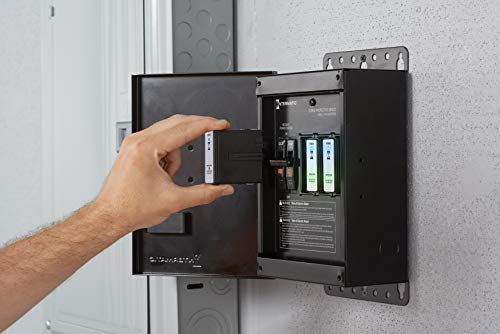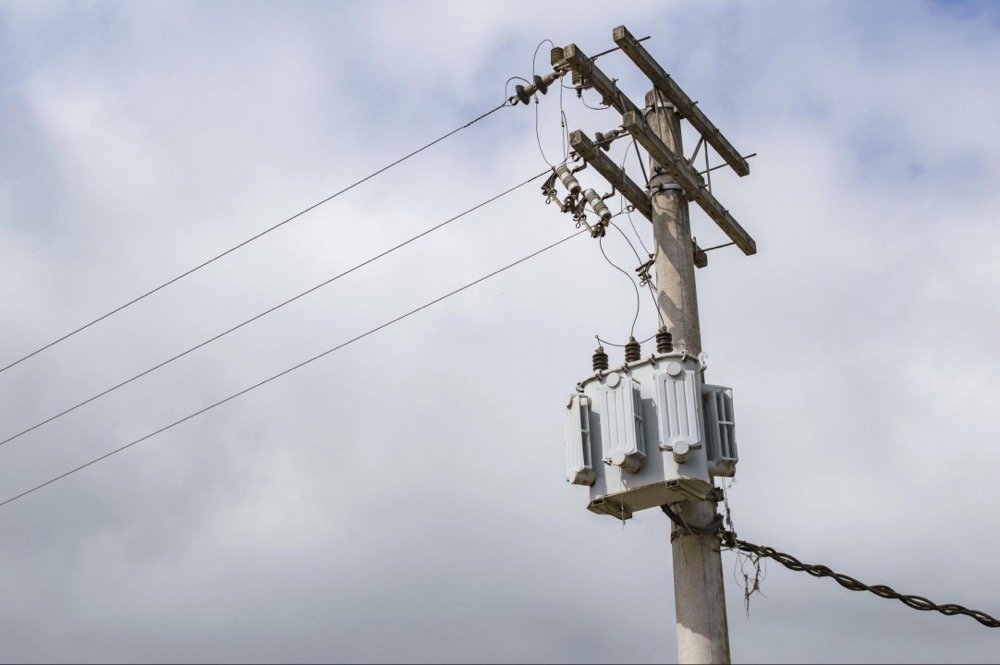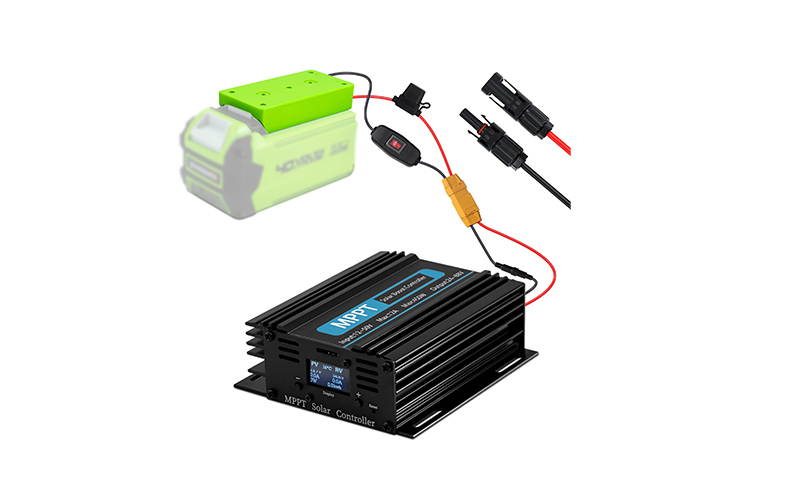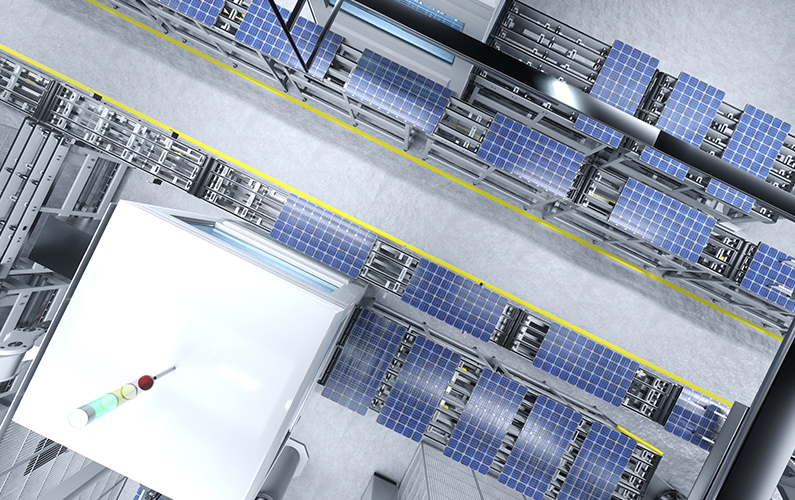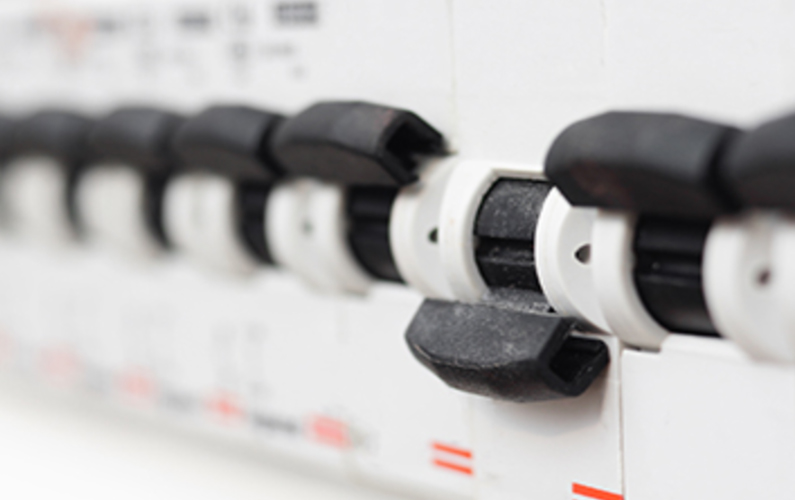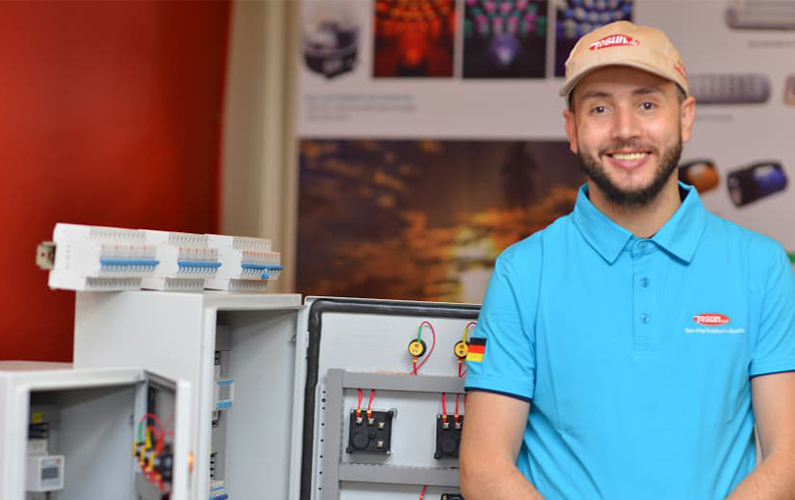Understanding Transformers: What is the Difference Between CT and PT?
10th Jan 2025
The primary difference between current transformers (CTs) and potential transformers (PTs) lies in their function: CTs measure and step down high current levels, while PTs measure and reduce high voltage levels for safe and accurate monitoring. Both play vital roles in electrical systems, ensuring the safety and reliability of power distribution. This article explores their distinct purposes, construction, and applications to provide a clear understanding of their differences. CT vs PT: Key Differences Overview Feature Current Transformer (CT) Potential Transformer (PT) Measurement Focus Current measurement Voltage measurement Input Range High current (e.g., 100A to 5,000A) High voltage (e.g., 11kV to 400kV) Output Range Low, safe current (e.g., 5A or 1A) Standardized low voltage (e.g., 110V) Common Uses Industrial and substation current monitoring Power transmission voltage monitoring Accuracy High for current at varying loads High for voltage at fixed ratios Key Differences Between CT and PT Primary Function CTs measure current by stepping down high current levels, while PTs measure voltage by reducing high voltage to a safer level. Design and Construction CTs are built to handle high currents, often featuring a toroidal design. PTs, in contrast, are designed for precise voltage scaling, with insulation suited for high-voltage applications. Accuracy and Load Handling CTs are optimized for current accuracy under varying load conditions. PTs prioritize voltage precision to ensure accurate metering and relay operation. Applications CTs are ideal for industrial systems requiring current monitoring, while PTs are essential for transmission and distribution systems requiring voltage control. What is a Current Transformer (CT)? A current transformer (CT) […]
Read More : +86-139 0587 7291
: +86-139 0587 7291 English
English Español
Español Русский
Русский Français
Français العربية
العربية Português do Brasil
Português do Brasil Українська
Українська Türkçe
Türkçe Polski
Polski Nederlands
Nederlands Italiano
Italiano Bahasa Indonesia
Bahasa Indonesia हिन्दी
हिन्दी اردو
اردو አማርኛ
አማርኛ Հայերեն
Հայերեն ไทย
ไทย Монгол
Монгол فارسی
فارسی Shqip
Shqip Ελληνικά
Ελληνικά
